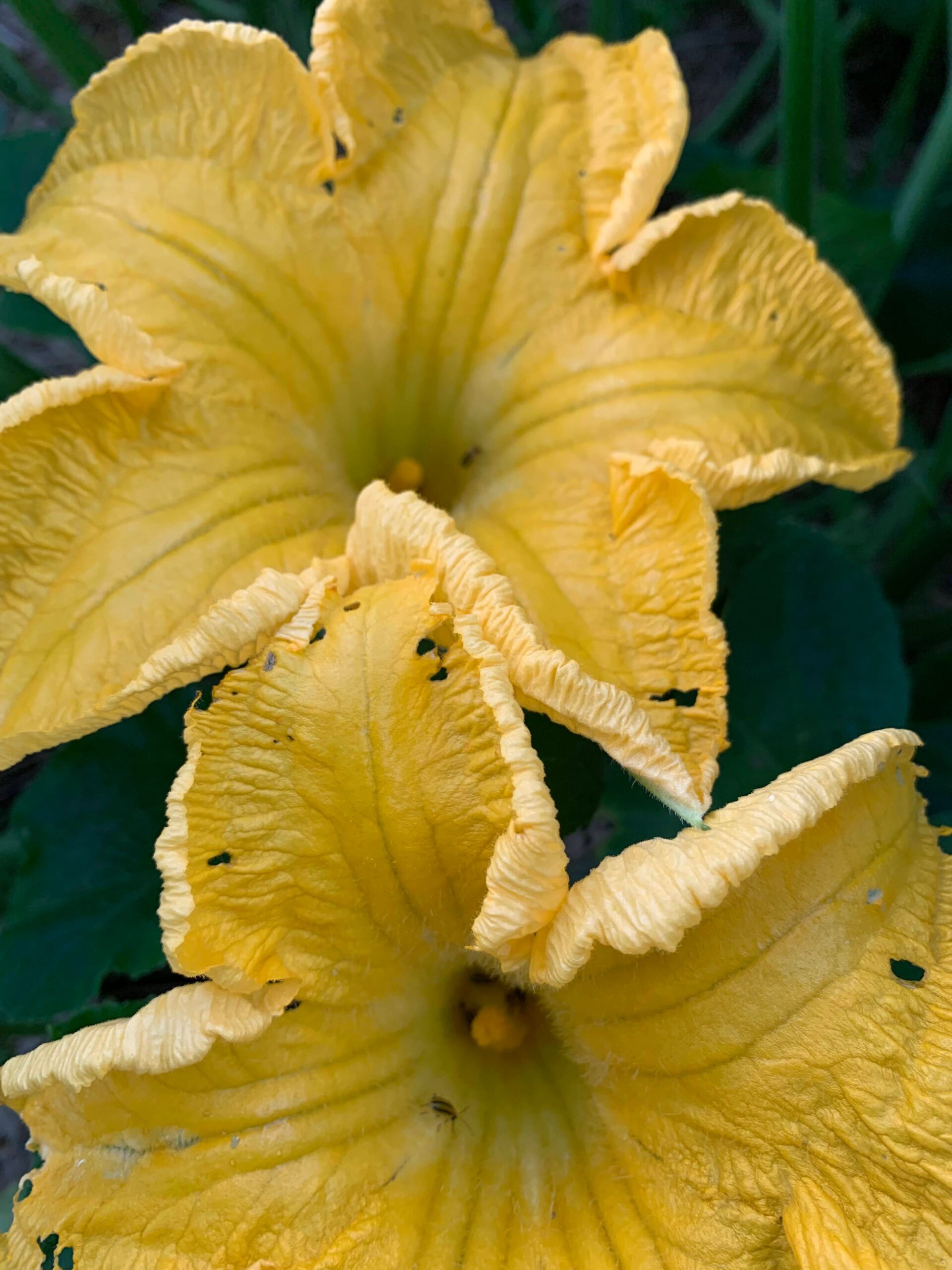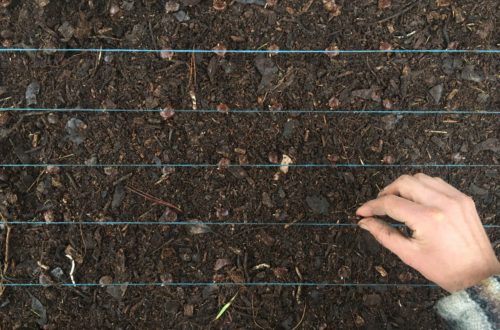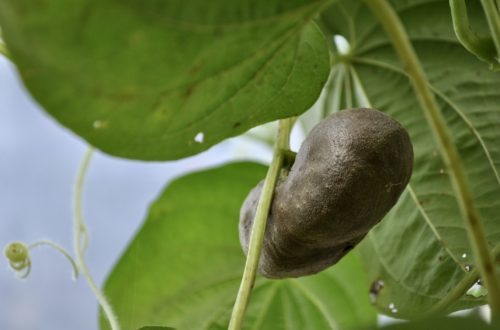Let the Clay Sing
When I take people on tours of the natural buildings on the land at Mountain Jewel, I tell them that I love to let the clay sing through the exaltation of earthen plaster on the walls. Not only are they beautiful, soft and inviting, earthen plasters are a non-harmful, even health promoting building material deserving of a resurgence.
Re-localizing building with valuable materials beneath our feet
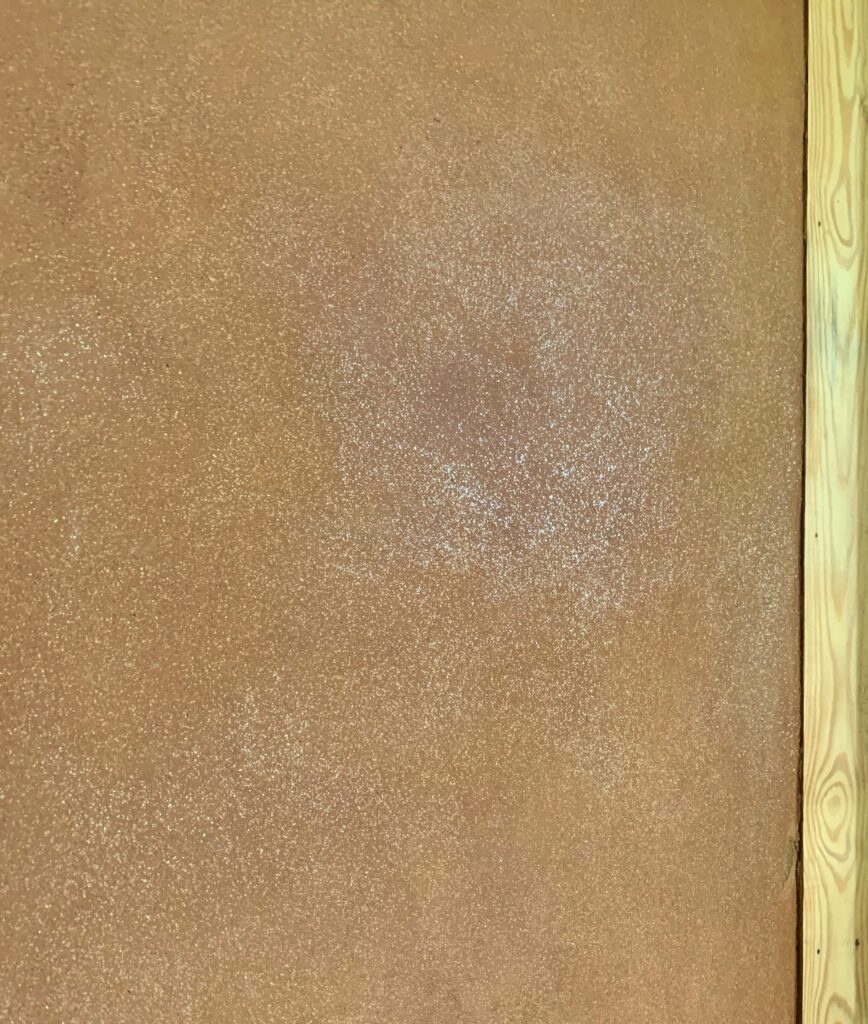
Clay teaches us that simply because something is pervasive and inexpensive, it doesn’t mean that it is not valuable or useful. It may just be overlooked or that people don’t know how to utilize it within their bioregional context.
Earthen plasters are one of the most beautiful, healthy, local options for walls. They belong almost everywhere, given proper consideration and protection amidst the local climatic environment. They utilize a natural, abundant, raw, non-toxic material that boasts incredibly valuable properties and can be incorporated into building systems that are long lasting, practical, cost effective, unique and aesthetically pleasing.
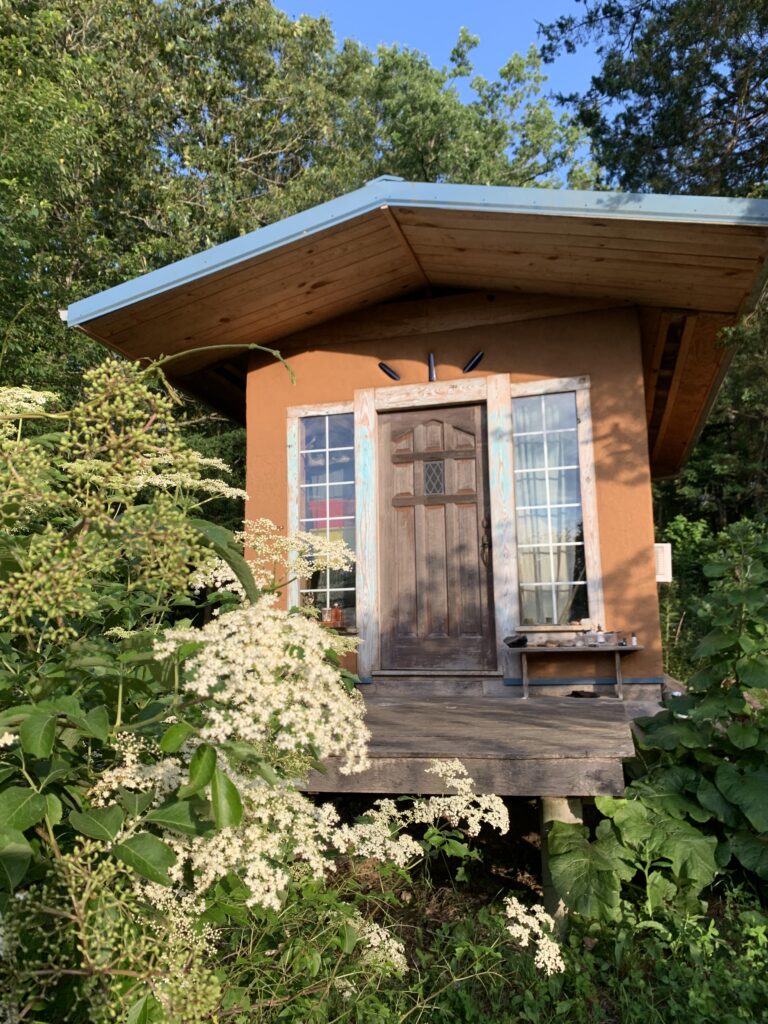
Clay’s ancient signature
If we ask what clay is and how it is formed, we can never leave out Time.
Most clay deposits are the result of the effects of time on feldspar, the mother of clay. It is the continual forces of water and chemical influence wearing away on various rocks that gives us this powerful blend of minerals and ions which have qualities that can easily be described as magical. We can take a minute to thank the processes of weathering for this gift, for the product of deep time that we inherit during our specific intersection within evolution.
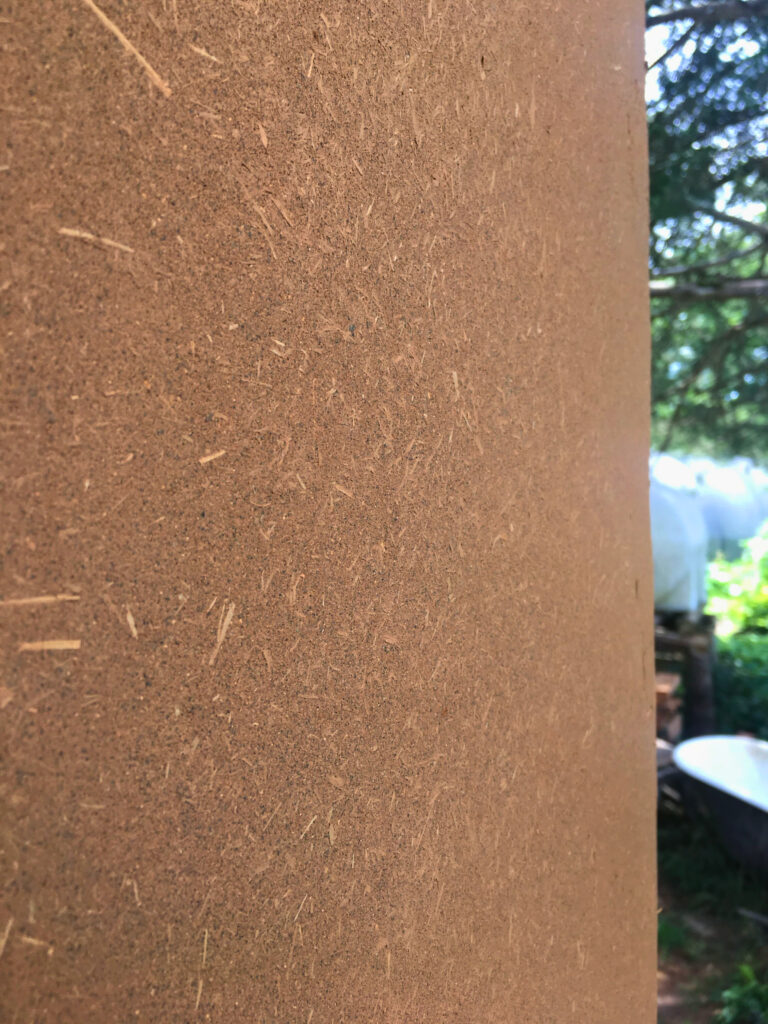
Just because it is abundant, does not mean that we are wise to overlook it.
What in modern times would be deemed inexpensive, does not mean that it is not valuable in terms of its inherent nature. Clay is expensive in terms of earth time and it has amazing properitiws which would be difficult and costly to manufacture.
In letting clay sing, we honor what is abundant beneath our feet and exalt it on our walls. Just because it is “dirt cheap” doesn’t mean it is worthless; it is overlooked. Now is the time for its re-discovery and implementation.
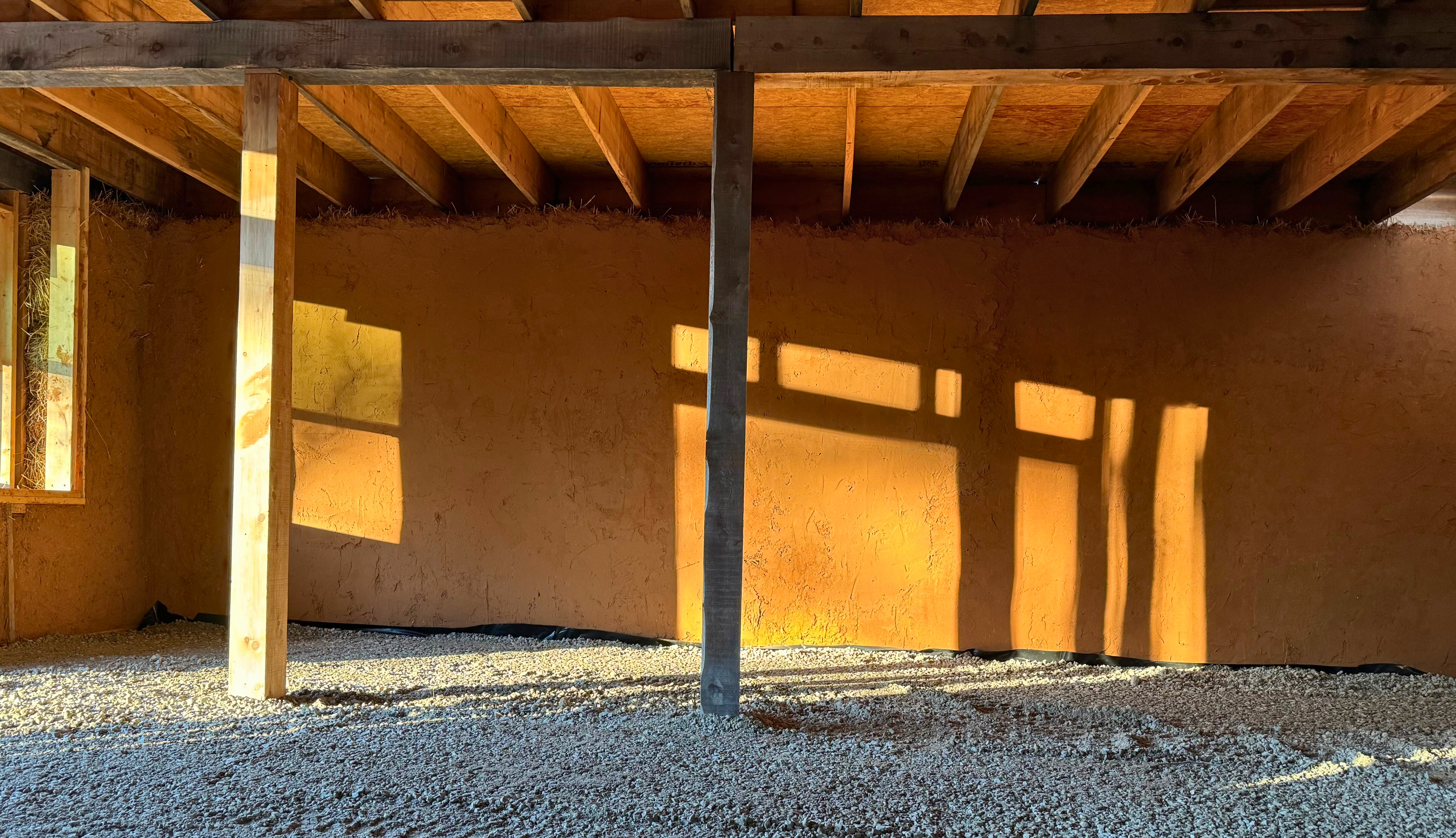
Clay & humans
Historic legacy
Humans have a longstanding relationship with clay dating back to at least 26,000 BCE. All over this beautiful planet our human ancestors have been exploring and expressing themselves through clay both practically and aesthetically through pottery, figurines, building materials and art. One third to up to half of humans still live within walls made of earth (many in the form of fired brick). Earthen building is place-based. We see that humans built from what was available and did so with ingenious techniques that danced in rhythm with local weather patterns and climatic needs. Utilizing these materials allows for great creativity and expression while carrying the essence of place.
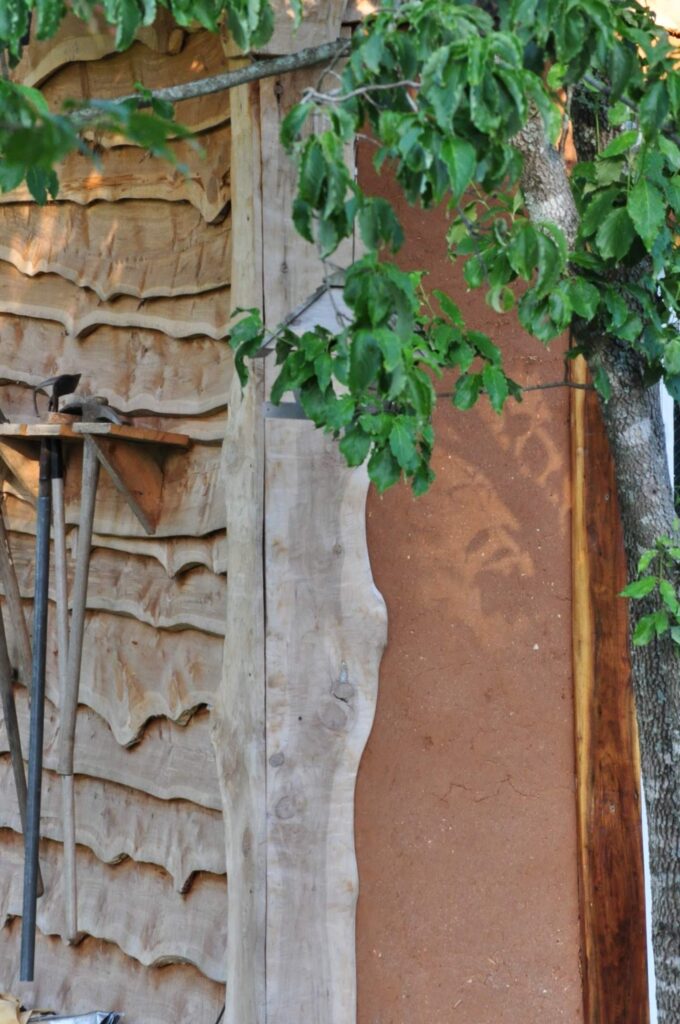
Benefits on the body
Incorporating clay into the wall systems and building structures of our homes benefits us greatly. Clay is responsive to its environment, regulating relative humidity in the home. Clay’s moisture buffering propensity, the act of absorbing and releasing water molecules from the air, is an impressive function of a building material.
Clay regulates humidity because it longs for water. Clay is thirsty for water and has an affinity for it. Some clay minerals swell so easily they may double in thickness when wet. This is what transforms clay from a solid material into one that is full of plasticity and movement. It is through this hydrophilic nature that clay, as mentioned above, can regulate levels of relative humidity.
The dynamic structure of clay is characterized by a layered platelet surface which possess a negative charge which is emitted as clay respires water molecules. This allows clay to attract and hold positively charged pollutants. This has a positive influence on air quality. These negative ions (think also of the feeling of being near waterfalls or ocean waves which exude negative ions) also benefit our human systems as they can boost mood, reduce stress, and improve our immune systems. These negative ions may also remediate devices which have positive charges like electronics or computers, helping balance the home and ground the energy of electromagnetic sources.
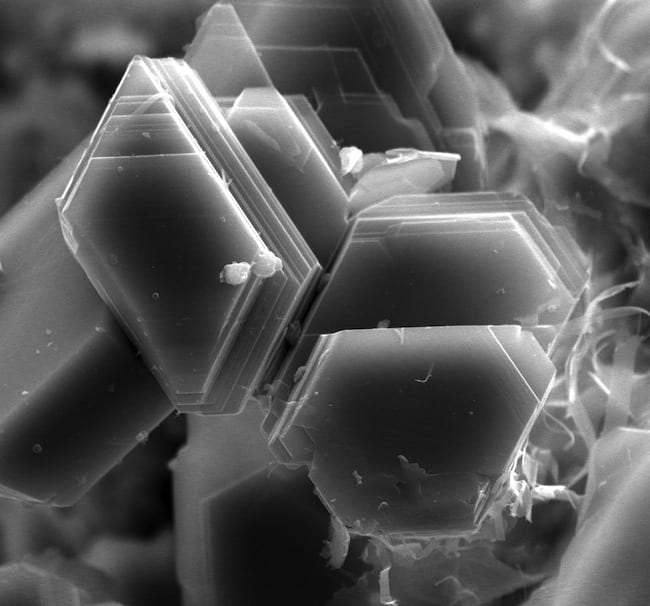
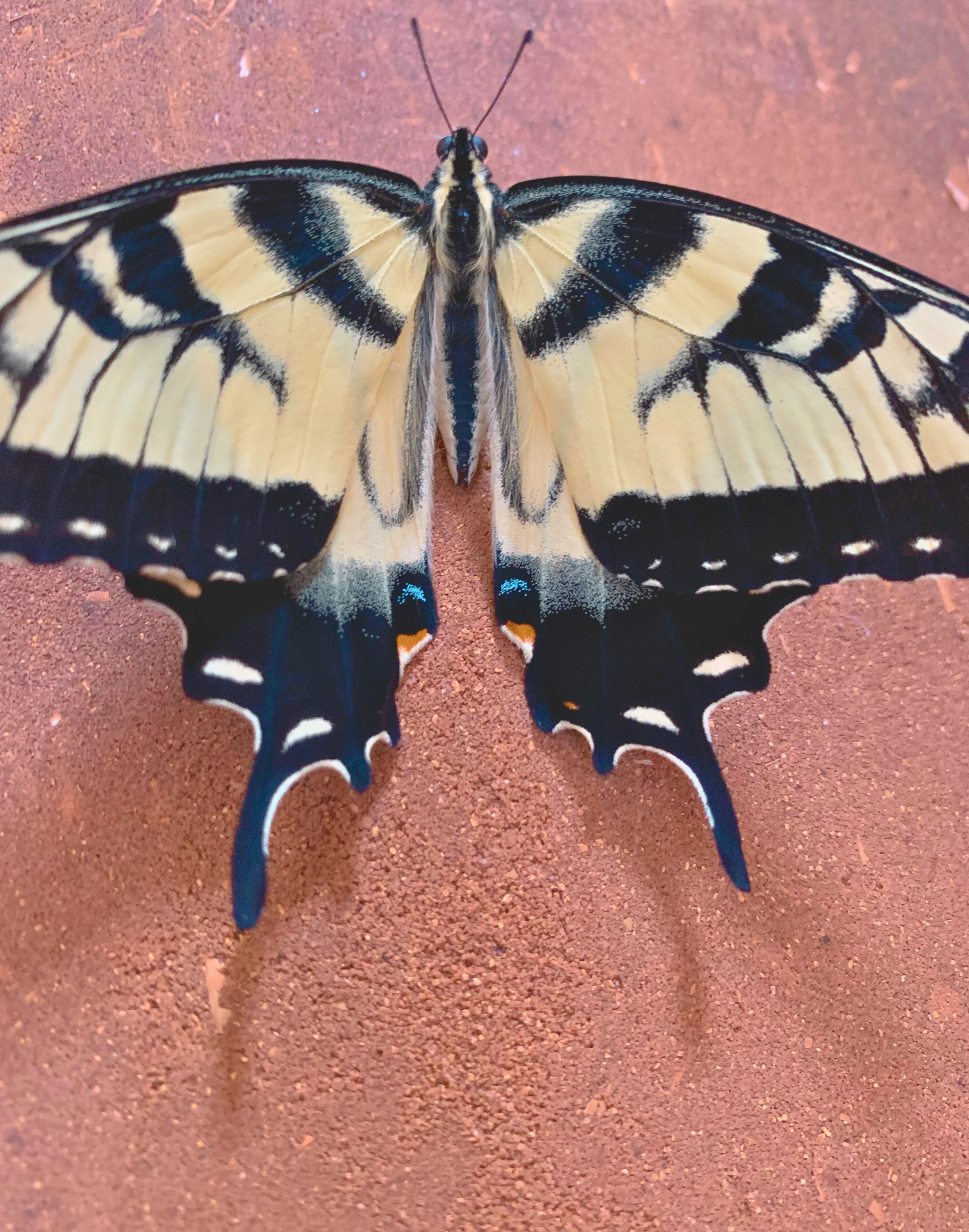
Infinite reuse
Given the remarkable and dynamic abilities of clay, we can see that it holds incredible value within building systems. If protected in rainy climates from direct water penetration with ample roof overhangs and utilizing high footers preventing splash back during rain events, clay rich earthen plasters can last a long time.
They are bioregionally appropriate building materials that can be returned to the earth with no harm. Given their plastic nature when wet and hard surface when dry, they can spend lifetimes as wall systems and return to the earth if necessary. I also love that you can break it off, rehydrate it and reuse the material an infinite number of times. It is a truly remarkable material.

With its inviting and sensual nature, clay makes an aesthetically alluring building material. This alone is reason enough to utilize it as a finish plaster. Yet its properties extend far beyond pleasing to the eye and senses. Clay is an enduring building material throughout human habitation on earth and is ripe for a resurgence. Hopefully through this article, I was able to convey some of the reasons I’m enamored with it and joyfully building with it. We all have our elements, and earth is definitely one of mine.
